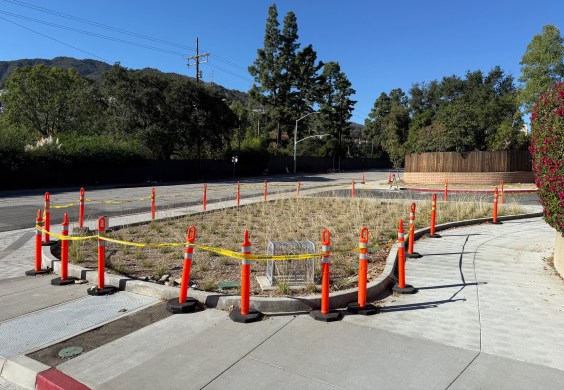Uber blasted out an Excel spreadsheet to reporters this morning, accompanied by a story and editorial in the Daily News, with data providing a snapshot of how many Uber vehicles are on Manhattan streets south of 59th Street, New York's central business district. While Uber claims the data shows its vehicles aren't responsible for congestion in the city core, transportation analyst Charles Komanoff has crunched Uber's own numbers and estimates that the service has actually reduced traffic speeds in the central business district by about 9 percent.

Uber's data dump [XLS] released hourly information on the number of pickups and drivers below 59th Street and in the rest of the city between May 31 and July 19. It used that data to calculate the number of Uber vehicles in the central business district, where half of the company's trips originate. Between 7 a.m. and 7 p.m., there were an average of 1,904 Uber cars on the road below 59th Street.
That seems like a small number at first glance, and Uber highlights that fact by proclaiming it "is not the source of Manhattan congestion." But the question isn't whether Uber is the root cause of all congestion -- it's whether Uber is making the current traffic situation worse.
So how do 1,904 for-hire cars circulating the congested Manhattan core actually affect traffic? To answer the question, Streetsblog turned to Komanoff, whose "Balanced Transportation Analyzer" [XLS] models the impact of toll proposals and other changes to city traffic. Uber's data release provides more detailed information than what was previously available to the public.
The volume of Ubers is similar to the 2,000 yellow taxi medallions the Bloomberg administration auctioned off in 2012, which Komanoff calculated would make average traffic speeds 12 percent worse. To understand what happens to Manhattan traffic with 1,900 Ubers in the mix, Komanoff adjusted his model in a couple of key ways to account for the fact that each Uber vehicle likely affects Manhattan traffic less than each yellow cab.
He assumes that while Uber trips cover as much distance as yellow taxi trips, the app-based vehicles cruise half as much as yellows, which spend about 35 percent of their total miles looking for fares. He also assumes that a quarter of Uber trips would otherwise have been taken as yellow cabs.
Even with those tweaks in Uber's favor, Komanoff estimates that having 1,900 Ubers in the city's core between 7 a.m. and 7 p.m. reduces average travel speeds by 9 percent. Without the favorable assumptions, that number jumps to 12 percent.
"Uber is entering a system of vehicles -- cars, trucks, cabs, buses -- which had settled into a more or less stable level of congestion. The Uber vehicles perturb that system," Komanoff wrote.
Uber "isn't totally wrong" to claim that it is not responsible for Manhattan congestion, Komanoff noted. "But that's the wrong question," he wrote. "The question before the City Council is: Is Uber the source (or a leading source) of the increase in Manhattan congestion? The answer is assuredly: Yes."





